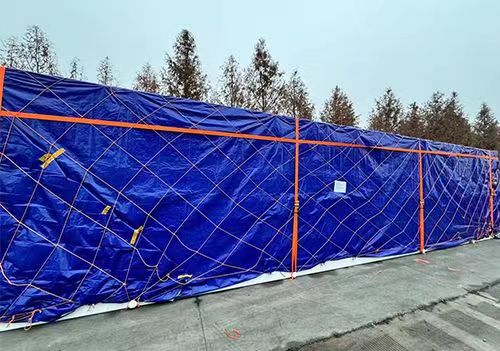What Are You Looking For?
Flow battery electrolyte
The working principle of flow batteries determines that it is a safer technical route among the current electrochemical energy storage technology routes. Unlike lithium batteries, the electrolyte and stack of flow batteries are separated. Among many energy storage technologies, flow battery energy storage technology has the advantages of safety and reliability, high cost performance during the life cycle, environmental friendliness, and long cycle life.

1.Vanadium redox flow battery electrolyte
The vanadium redox flow battery electrolyte is mainly composed of two parts, the positive electrode VO²⁺/VO₂⁺ pair and the negative electrode V²+/V³⁺ pair. Since the active material of the electrolyte of the vanadium redox flow battery is composed of only vanadium, it can effectively avoid cross-contamination between the positive and negative elements of the electrolyte, prolong the operating life of the battery, and theoretically can be recycled permanently, it has become a hot spot in current flow battery research, successfully achieving large-scale commercial demonstrations and continuously exploring application markets.

2.Industrial electrolyte preparation method
There are three main electrolyte preparation methods: chemical reduction, electrolysis, and chemical reduction combined electrolysis. Industrial production mainly uses chemical reduction and chemical reduction combined electrolysis.
2.1 chemical reduction method
The chemical reduction method is to reduce high-valent vanadium compounds (V₂O₅, NH₄VO₃, etc.) to low-valent vanadium ions under the action of reducing agents such as sulfurous acid, oxalic acid, and reducing atmosphere. The commonly used solvent is sulfuric acid aqueous solution.
2.2 Electrolysis method
The electrolysis method uses high-valence vanadium compounds (such as V₂O₅, NH₄VO₃, etc.) as raw materials. The high-valence vanadium is reduced to the required low-valence vanadium through electrolysis in the electrolytic cell. That is, sulfuric acid containing high-valence vanadium compounds is added to the negative electrode. Solution, the positive electrode is added with a sulfuric acid solution of matching concentration, and electrolysis is performed under constant current or constant voltage to prepare a low-valent vanadium ion electrolyte.
2.3 Chemical reduction combined electrolysis method
At present, the first step of the chemical reduction combined electrolysis method used in industrial production is to chemically reduce pentavalent vanadium ions into tetravalent vanadium ions, and then electrolyze the sulfuric acid solution of tetravalent vanadium ions into trivalent vanadium electrolyte.